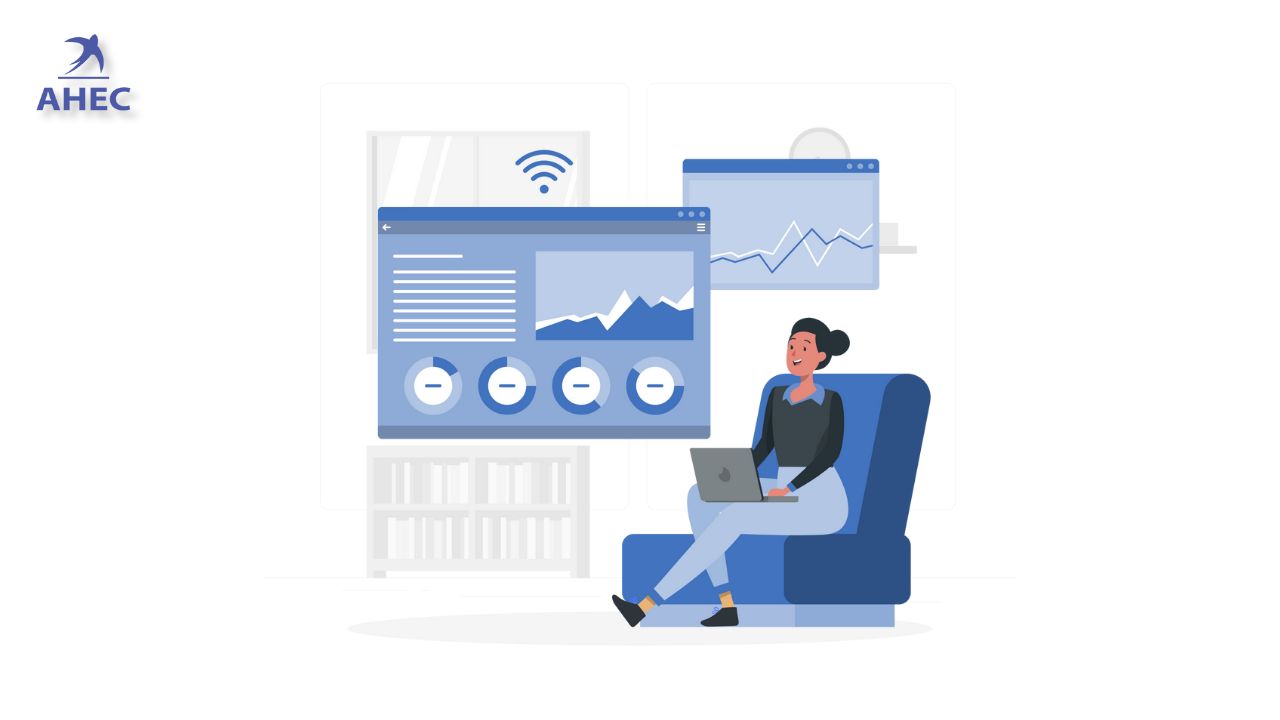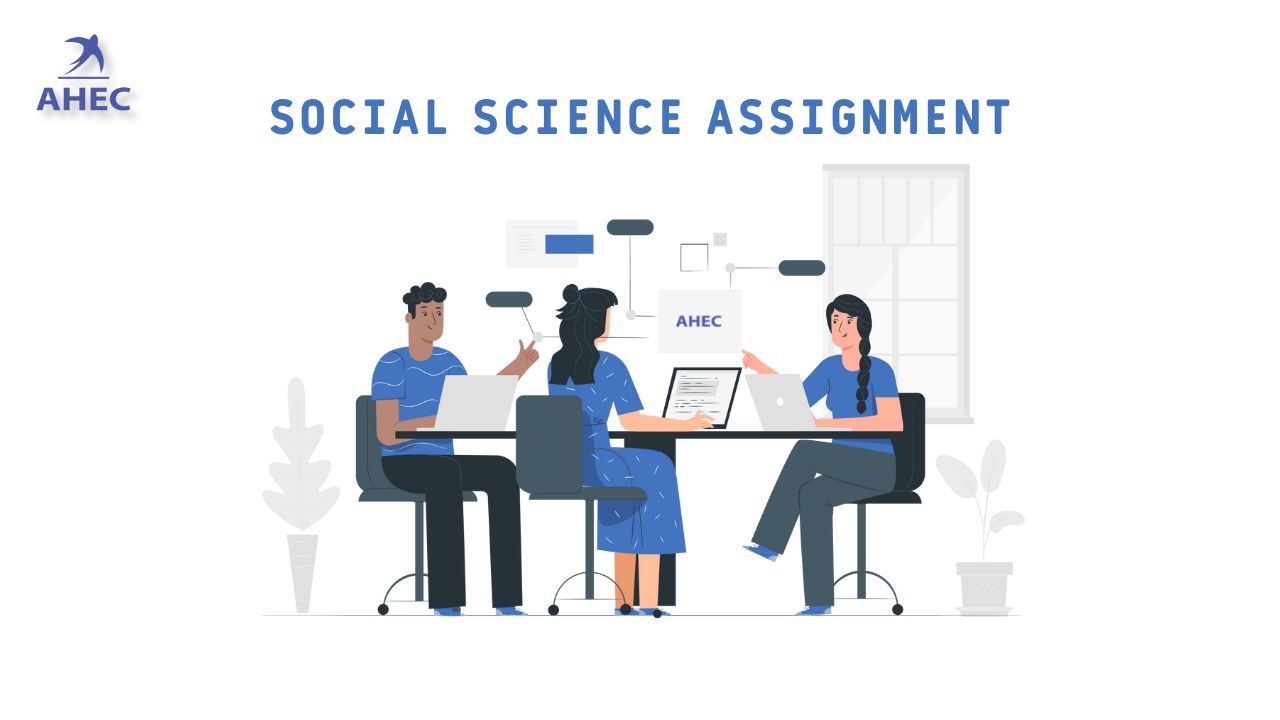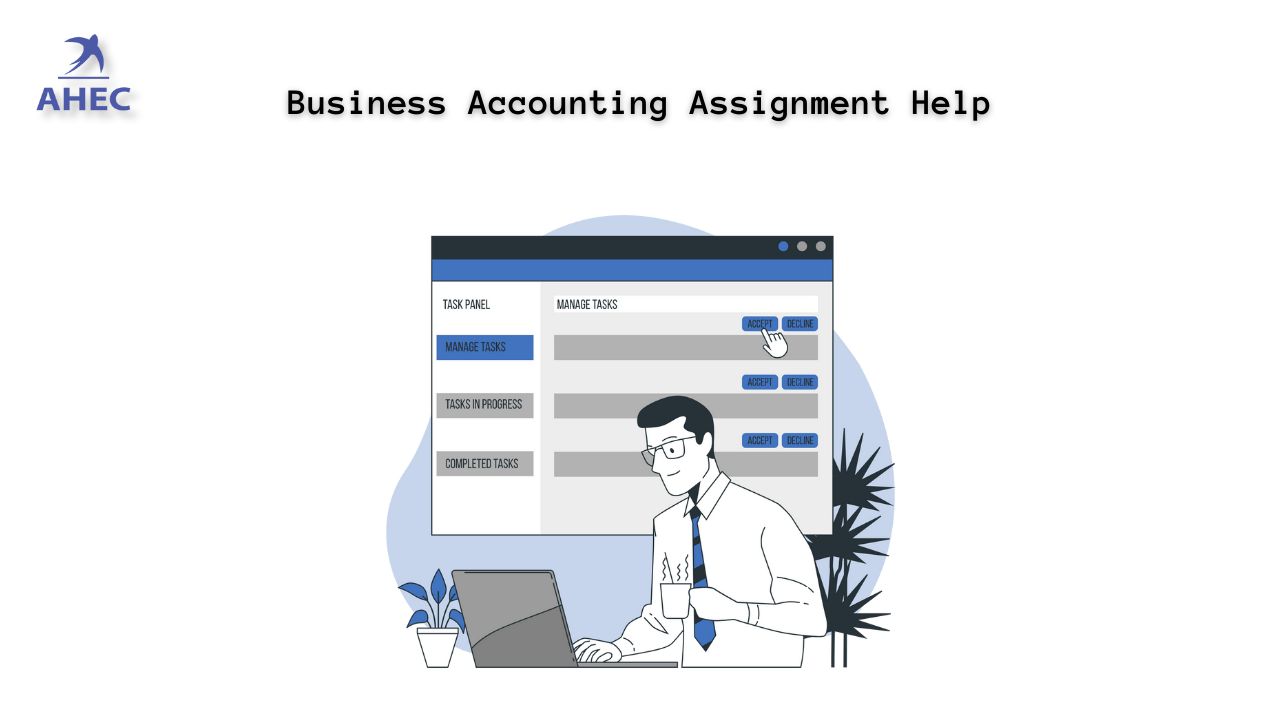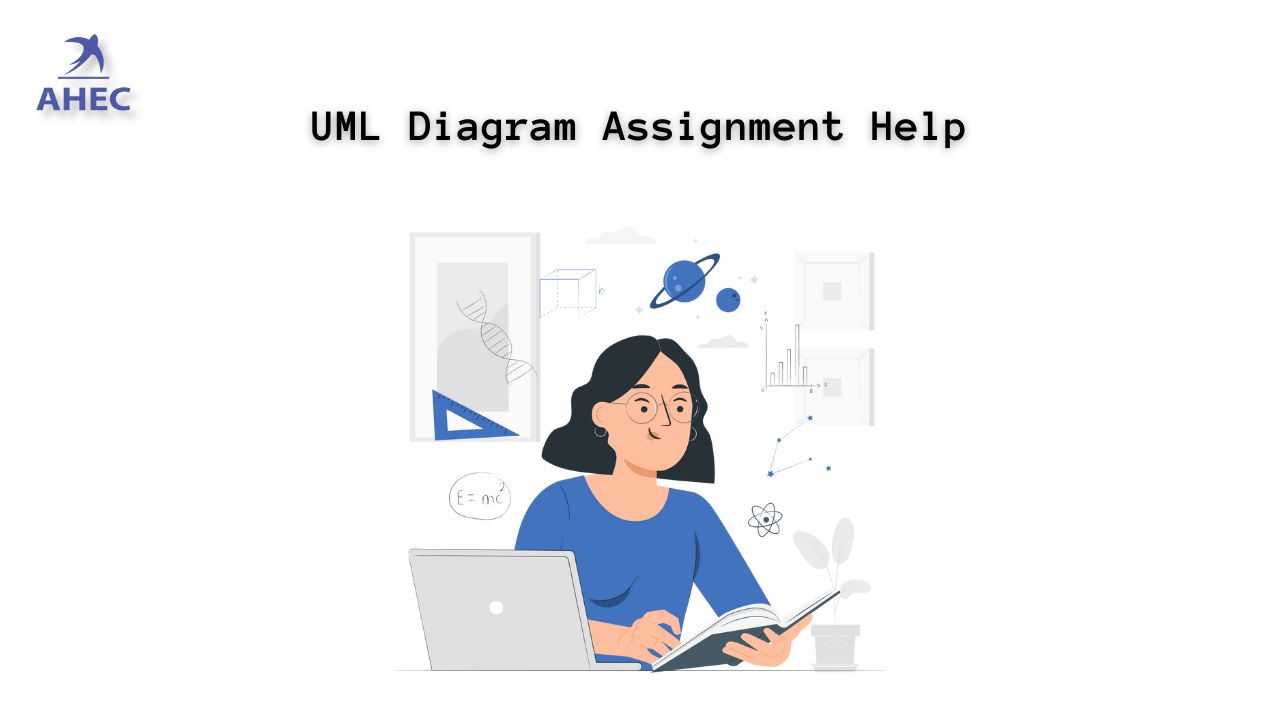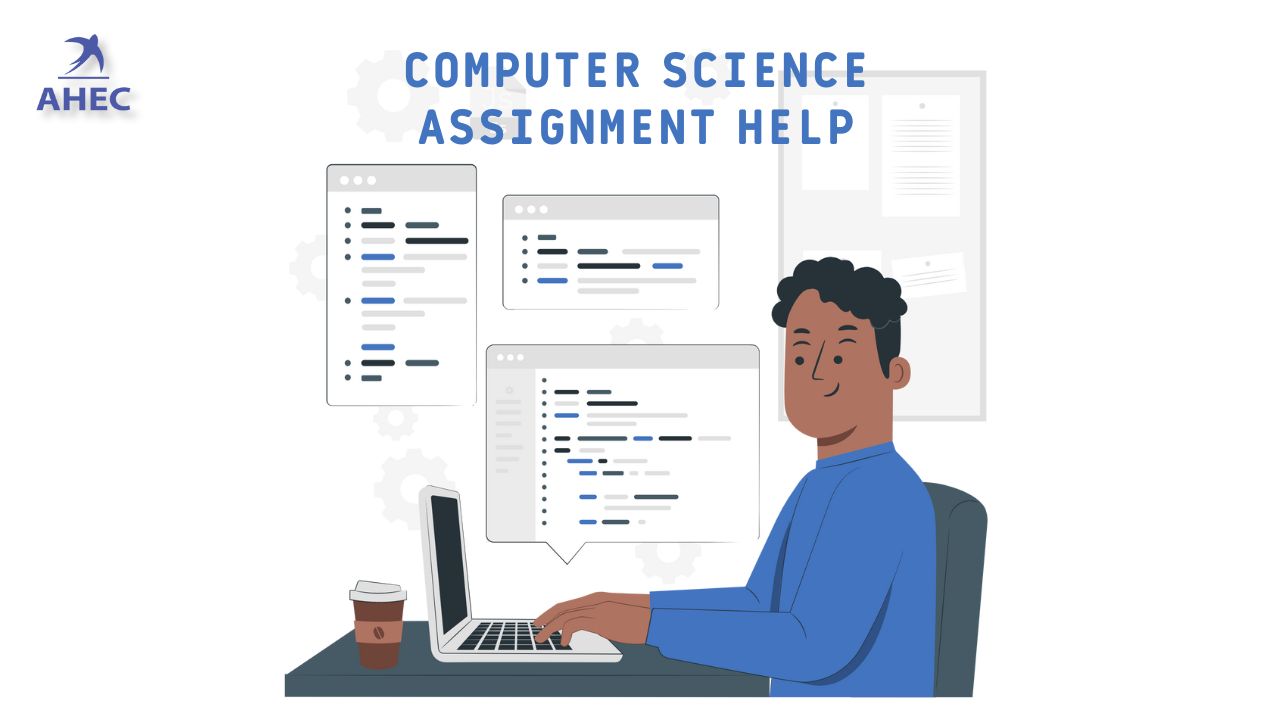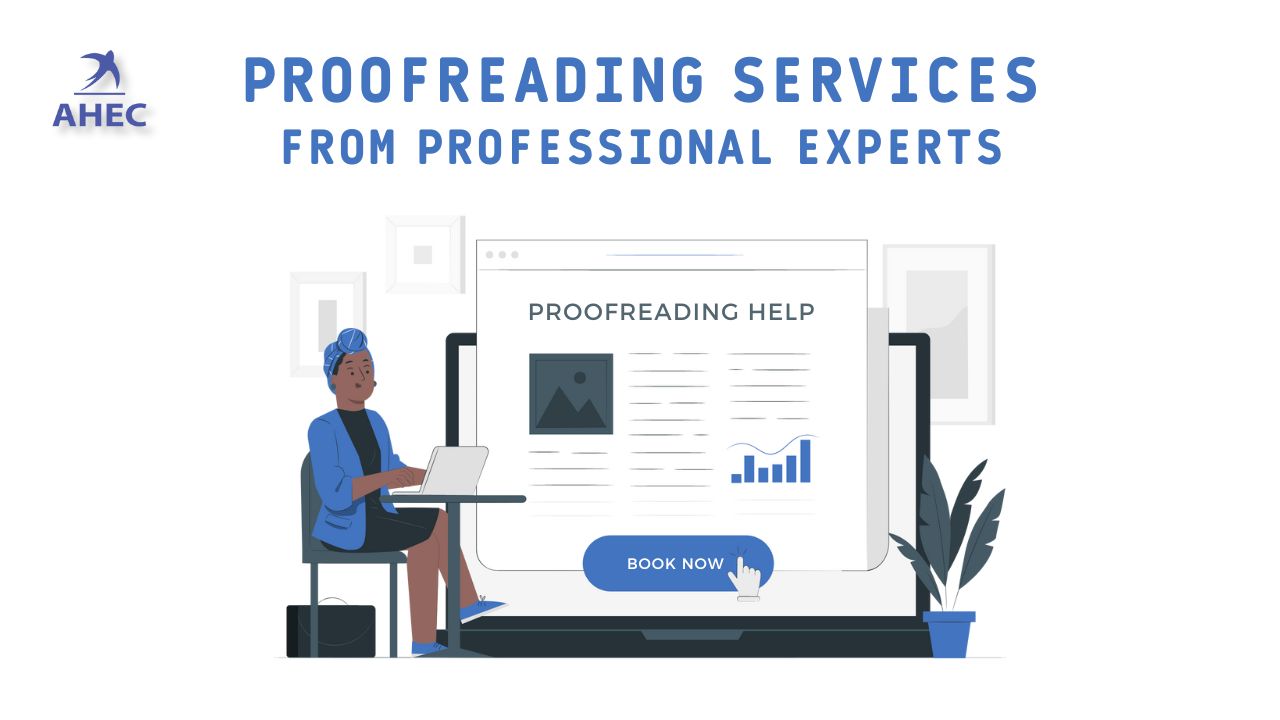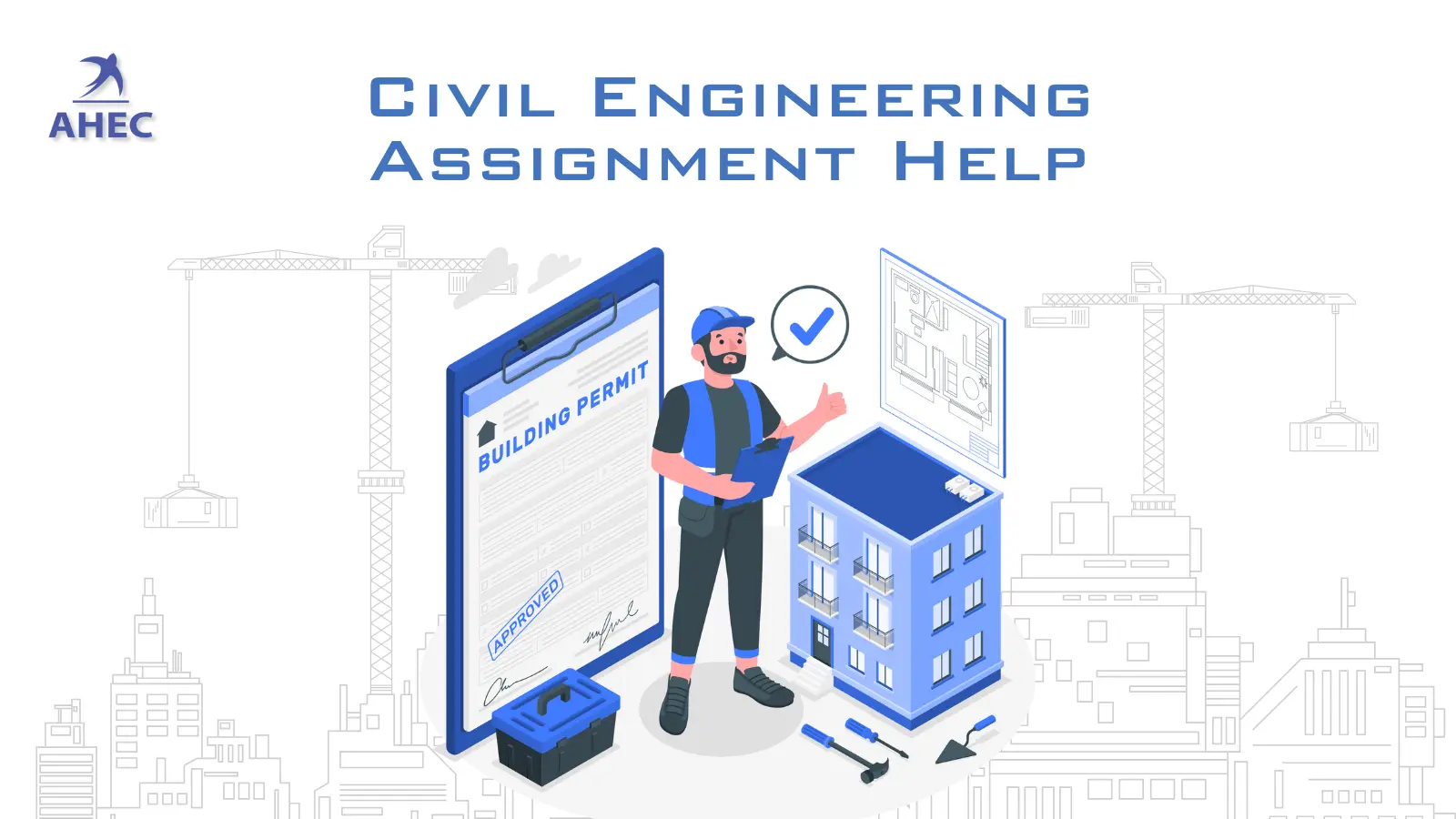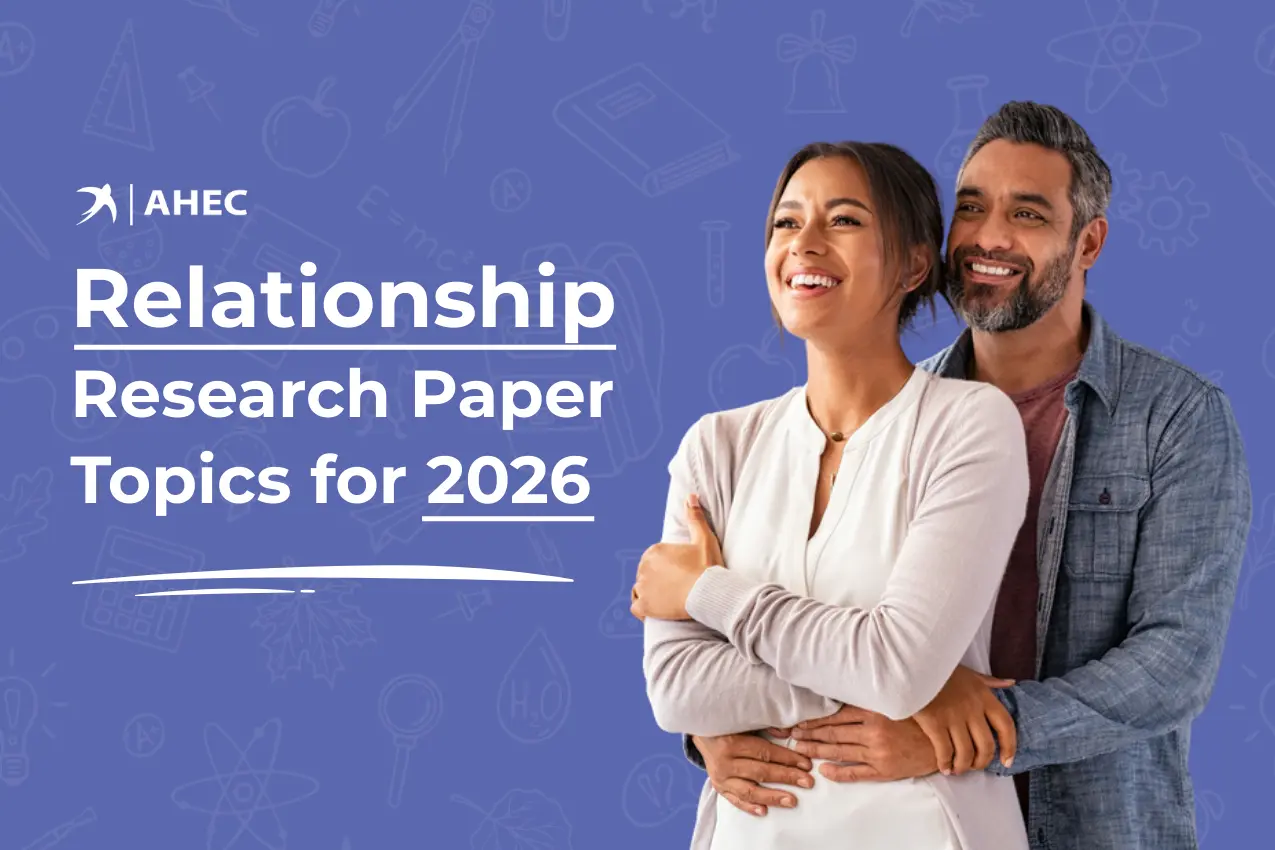Academic writing essentially relies on research papers as significant composing units, and understanding how to write a research paper is key to mastering this skill. With research papers, students can deeply analyze subjects and demonstrate their attained knowledge about a discipline. The standard writing procedure proves vital whenever you work on research papers for academic purposes, study-based projects, or test preparation.
Learning how to write a research paper can make the process more manageable and even pleasant, even if it typically feels lengthy and complicated. Your research paper will achieve the necessary standard of being both well-researched and well-written, along with superior presentation through the structured breakdown of work and effective planning and organization.
This research paper writing guide contains straightforward instructions about writing a research paper step by step. The outlined procedure in this research paper writing guide will maintain your pathway while decreasing stress so you can produce an excellent research paper, following research paper guidelines.
Comprehensive Guide to Research Paper Writing
Writing a research paper extends beyond collecting content and then simply transcribing it into written material, which is why following a well-structured research paper writing guide is essential for success. The process includes structured steps that lead through several steps. The successive stages work together to create research papers of superior quality in terms of research organization and writing quality. Here’s a comprehensive guide on how to write a research paper, ensuring you have all the necessary steps covered.
Step 1: Choose a Topic for your Research Paper
The selection of the topic marks the beginning of the research paper writing process, and it’s essential to understand how to write a research paper with a focused topic. The direction of your academic paper depends on your chosen topic, so you should select a subject that engages you and remains viable for the academic research paper—this is one of the foundational tips for writing a research paper that ensures relevance and depth. You must adhere to the steps listed below to complete this step:
- Brainstorm Ideas: Pick topics either from your university or personal subjects that truly capture your attention. Research topics that spark your interest along with providing ample resources for examination will lead to the best results.
- Narrow Down Your Focus: A wide-ranging topic becomes hard to understand thus students find it challenging to conduct extensive research. Choose a particular research area that maintains practical control. Choose a particular area from climate change such as local ecosystems instead of global effects for the research paper.
- Check for Resources: You should confirm that you have enough highly reliable sources supporting your academic investigation when learning how to write a research paper effectively. First, research online databases together with academic books and journals. The topic needs reconsideration when insufficient research materials become available.
The research topic needs to demonstrate novelty while maintaining its connection to the scientific field being studied. When choosing the breadth of your topic, bear in mind the research paper guidelines. A research topic should align with your interests since this connection makes the research deeper, as suggested in this research paper writing guide.
Step 2: Conduct Thorough Research
After the topic is settled, the next step involves the collection of relevant information. Research is your backbone, and thus it is worthwhile to select only those sources that are reputable and credible. Suggested research methods include:
- Academic Databases: Go through Google Scholar, JSTOR, or your library's academic resources for peer-reviewed articles and scholarly papers. These sources are reliable and ensure your research gets standing.
- Note-taking: While reading through the articles, make appropriate notes. Write down important points, quotes, and ideas that you may wish to incorporate into your work, as note organization is one of the practical tips for writing a research paper efficiently. Keep your notes organized by topic so that they can be easily retrieved later.
- Keeping Track of Sources: While doing research, you should be in the habit of noting the sources that were consulted. Write down authors' names, publication dates, and titles of the books, and/or articles; this will serve you well when you cite, making it much easier.
If interviews or survey data need to be collected, this will be the only time primary data collection will occur. Remember to have an organizer for your work and try to complete everything. The more you know your topic, the stronger your paper will be.
Step 3: Create an Outline
Before you start writing your research paper, understanding how to write a research paper involves first creating a detailed outline. Your research paper will have a clear framework thanks to the outline, which will also assist you in organizing your thoughts and ideas. Creating a clear outline involves the following:
Introduction
- Start with an introduction to your topic. Give some background information about it and justify its importance.
- Finish with a clear thesis statement, which is the heart of your research paper. The thesis will serve as a guide throughout your paper, so make it specific and reasoned and apply it to all points of the argument.
Body paragraphs
- Each body paragraph should discuss one main point or argument about your topic.
- Each body paragraph should begin with a clearly stated topic sentence, followed by the concrete evidence you found in your research that supports your core idea.
- Also, make sure that each paragraph leads logically to the next paragraph, thus creating a coherent and well-organized paper.
Conclusion
- Summarize the major points you have discussed throughout the paper.
- Restate your thesis statement formally according to the evidence you have brought.
- Conclude with a solid thank you for a statement that gives some closure while emphasizing the significance of the research.
According to this research paper writing guide, an outline serves as a road map for the research paper and aids in structuring the writer's ideas. Therefore, it will help the writer stay on course and cover all the points necessary for the paper. Ensure that your outline follows research paper guidelines for clarity and structure.
Step 4: Write the First Draft of the Research Paper
The next step in learning how to write a research paper includes drafting your research paper while referring to your outline. Your main objective should be to write down your ideas rather than aim for perfection right now. The main purpose involves recording your thoughts on the page. A few guidelines will help guide your writing procedure.
- Follow Your Outline: Use the framework in your outline to develop your work. Your plan for the organization will keep the paper flowing between main points so readers can easily follow your thoughts.
- Write Freely: The aim at this early writing stage should be transparency of your thought, so worry about grammatical and structural elements at a later time. Your initial draft exists as your initial groundwork. Set your main objective to write down your thoughts along with strong verbalization.
- Use Simple Language: Use basic language rather than sophisticated words and simple, complex sentences. Your writing will deliver ideas effectively to readers and become easier to understand while remaining simple.
Waiting for a short period after finishing your first draft will help you revise it more effectively. Time availability will enable you to look at the assignment from a renewed angle while also ensuring adherence to research paper guidelines.
Step 5: Review and Edit your Research Paper
The review, along with the editing phase, becomes essential for shaping your research paper to its final form and making sure you understand how to write a research paper correctly. You should verify that your paper displays high clarity alongside an organized structure and total elimination of errors. You should follow these steps to conduct this process:
- Check for Clarity: Go through your complete paper step by step to confirm that all points remain easily understandable. You should eliminate all paragraphs that present complexity or organizational issues.
- Improve Structure: The logical sequence of your paper needs to become evident. Every paragraph needs to maintain continuous links with the preceding section while systematically raising ideas.
- Proofread for Errors: Examine your paper by searching for both typographical mistakes and grammatical and spelling errors. When using Grammarly you can discover mistakes that escaped your attention.
- Revise for Style: The writing must maintain formal language consistent throughout all sections. Keep formal language choices in your writing and exclude both slang and contractions except when they are part of the paper specifications.
You should request someone to review your work, if possible, through a friend or classmate, so you can better understand how to write a research paper in a more refined way. Their evaluation can find mistakes that escaped your notice.
Step 6: Cite Your Sources of Research
When you write academically, understanding how to write a research paper involves properly sourcing your written material. Your paper increases credibility through citations, which simultaneously acknowledge the original authorship. Each academic work requires its citation style from among the available options, which include APA, MLA, A, and Chicago. Here’s a general guideline:
- In-text Citations: You need to cite all information sources you use inside the main part of your writing. The documentation should contain minimal information, which should be located within parentheses at the sentence conclusion.
- Reference List: The end of your paper requires a complete reference list or bibliography, which includes all detailed information about your cited sources. The various citation styles feature distinctive rules for how to cite both books and articles as well as websites through specific formats.
Your research paper will obtain academic validity through proper citations to prevent plagiarism.
Step 7: Complete Final Draft and Submission
The final writing of your paper begins following your revisions, along with your citation completion, ensuring you understand how to write a research paper perfectly. Perform a final exam of your document to verify everything is proper before you submit it. The following checklist will support your progress:
- Follow the guidelines: Check that your essay respects all instructions that your professor has specified about length requirements and formatting rules.
- Review the structure: The paper must appear logically structured with continuous transitions between sections.
- Submit on time: You should submit your research paper according to the specified deadline for either print or electronic submission.
Plan before you draft a Research Essay
A research paper needs proper planning as your first step before starting the writing process, which can be efficiently achieved by adhering to this comprehensive research paper writing guide. A solid plan serves to maintain your research progress and produce papers that are direct and organized. Failure to develop a plan can lead to topics going astray or essential points getting lost. The time you invest in planning will yield efficiency in future work while you produce an expertly organized paper.
Choosing the Right Research Methodology
Your research paper demands a selection of suitable research methodology because it represents a crucial decision among others, and this research paper writing guide will assist you in making the right choice. The methodology decides your method for data collection and analysis. Research takes two main forms, which scientists can choose between.
- Qualitative Research: The purpose of such research methods is to examine hidden meanings that guide human actions and experiences. Research methodology incorporates either interviews or observations, together with case studies as primary data collection methods.
- Quantitative Research: The research methodology collects numbers to apply statistical analysis. Surveys together with experiments and data analysis primarily benefit from this approach.
The selection of a suitable methodology stands as the key factor that enables effective responses to research questions. Verify that your selected methodology corresponds properly with the research objectives.
Common Mistakes to Avoid While Writing Research Papers
The following mistakes should be avoided to achieve success with your research paper:
- Lack of Focus: Your paper should consistently support its main argument through the thesis statement.
- Weak Thesis Statement: The quality of your paper diminishes through weak or indistinct thesis statements.
- Insufficient Research: A single source cannot serve as a foundation for your research. A research paper needs backing sources from various academic sources to support its many claims.
- Ignoring the Structure: Disorder in a paper makes it hard for readers to understand the content. A well-organized paper structure with proper flow between sections should be present throughout your document.
- Plagiarism: Always cite your sources correctly. Students should avoid plagiarism since it leads to severe academic penalties.
How AHECounselling Can Assist You with Your Research Paper
Through AHECounselling, we offer support that accompanies you from start to finish in your research paper development. The experts at our organization can deliver assistance through all stages from topic selection to research and outlining, down to final edits. We offer:
- Personalized topic selection assistance
- Access to trusted research materials
- Feedback on your writing
- Help with citations and formatting
Our team at AHECounselling aids students in reaching their academic research paper goals.
Final Thoughts
Writing a research paper may seem like a challenging task, but by learning how to write a research paper step by step, it becomes an achievable and rewarding experience. With the right approach, you can confidently write a well-researched and well-written paper. Planning, organizing, and staying focused on your topic are key to success.
Remember, AHECounselling is here to guide you through each stage of the process, making your research paper journey easier and more effective. With careful planning, attention to detail, and the right resources, along with applying proven tips for writing a research paper, you’ll be able to submit a research paper you can be proud of.






































